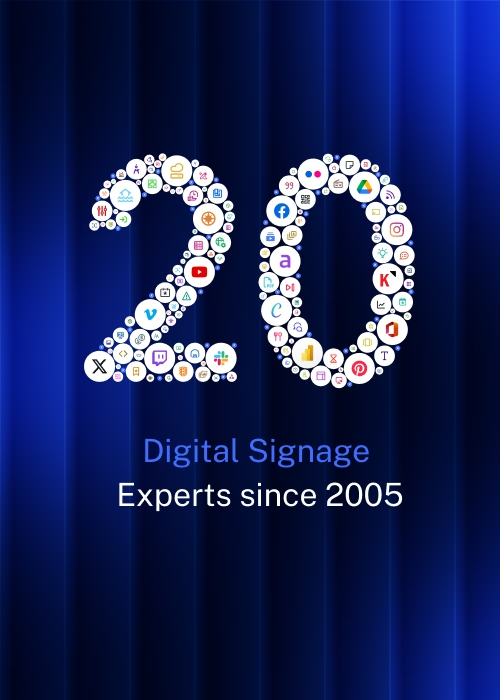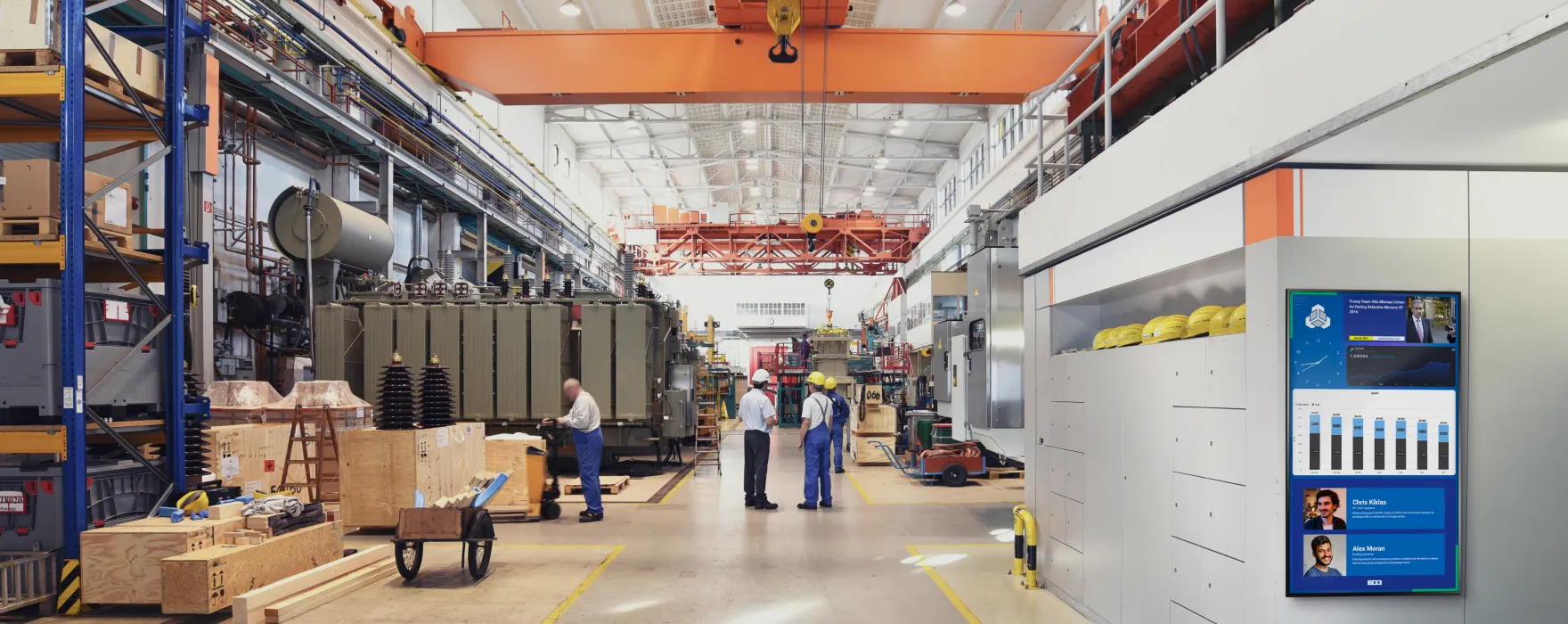Workplace Analytics, Business Intelligence & Employee Engagement
Modern organizations are generating more data than ever before. Every interaction, project milestone, and communication leaves behind a trail of information, and all this data can be harnessed to improve workplace outcomes. As leaders search for ways to optimize productivity and improve employee communication, the ability to translate raw data into actionable insights has become a defining factor in long-term success.

Workplace analytics and business intelligence are central to this shift. These approaches provide clarity into how teams collaborate, how resources are used, and how engagement strategies affect retention. By combining workforce insights with business intelligence tools, companies can create an environment where employees feel valued while leaders make smarter, evidence-based decisions.
Understanding Workplace Analytics and Business Intelligence
Workplace analytics refers to the process of collecting, analyzing, and interpreting data that relates directly to employee performance, engagement, and productivity. Unlike general business intelligence, which covers broader company-wide metrics, workplace analytics focuses specifically on the people and processes driving daily operations.
Business intelligence tools serve as the backbone of this system. They help transform raw information into digestible dashboards and reports that managers can act on. With these tools, organizations gain visibility into performance trends, workflow inefficiencies, and employee satisfaction levels.
For example, a company may use workplace analytics to track employee performance metrics like task completion rates or collaboration frequency. When paired with business intelligence platforms, these insights can highlight areas where training is needed, show which teams are excelling, and uncover opportunities to streamline operations. This combination allows decision-makers to create data-driven workplace decisions that improve both the employee and customer experience.
Benefits of Workplace Analytics for Organizations
Workplace analytics delivers measurable value to organizations of all sizes. Some of the most impactful benefits include:
Enhanced productivity - Analytics help managers pinpoint bottlenecks that slow down projects. By identifying patterns of delays or repeated inefficiencies, workflows can be restructured to save time and improve results. Research shows that organizations using analytics-driven performance tracking experience a 12% boost in productivity on average.
Improved employee engagement - When leaders use data to recognize top performers, it reinforces a culture of appreciation. Metrics also provide insights into employee engagement strategies that keep staff motivated. For example, monitoring participation in recognition programs can highlight how effective these initiatives are at building morale.
Data-driven decision-making - Rather than relying on gut instincts, managers can lean on workplace analytics for evidence. This creates strategies rooted in measurable facts. Studies indicate that companies using advanced analytics are 23 times more likely to acquire customers and six times more likely to retain them.
Better resource allocation - Workplace productivity tools allow leaders to see where time, money, and staff are being used effectively. This makes it easier to align resources with high-impact initiatives and prevent wasted efforts.
Increased transparency - Sharing insights through KPI tracking for teams builds trust. When employees see how performance is measured and how progress is communicated, they’re more likely to feel invested in company objectives.
Connecting Analytics to Employee Engagement
Employee engagement is one of the most significant outcomes influenced by workplace analytics. By connecting data with recognition, communication, and feedback, companies can create stronger bonds with their teams.
Recognition programs - Analytics make it simple to highlight both individual and group contributions. Public recognition of high-performing employees encourages continued effort and motivates others to excel.
Real-time updates - Real-time workplace analytics empower employees by giving them instant feedback on how their efforts impact broader goals. A live display of team performance metrics, such as sales progress or project milestones, keeps staff motivated to reach targets.
Workplace communication displays - Digital signage for HR is an effective way to share performance updates, recognize employee achievements, and reinforce company values. By broadcasting data across departments, organizations improve communication and create a sense of shared purpose.
Feedback loops - Analytics can measure participation in surveys, track satisfaction levels, and monitor workload balance. This feedback allows leaders to refine employee engagement strategies and address challenges before they escalate.
Retention strategies - Understanding why employees leave is vital for long-term stability. Workplace analytics uncovers patterns in turnover, helping HR design targeted retention initiatives that reduce attrition and keep talent within the organization.
Best Practices for Implementing Workplace Analytics and BI
To gain the full benefits of analytics, organizations must implement the right approach from the start.
- Choose the right business intelligence platform
Selecting a business intelligence platform that fits with existing systems is essential for success. A platform should integrate smoothly with workplace productivity tools and scale as your organization grows. Choosing a flexible solution helps avoid unnecessary costs later and supports long-term goals without constant disruption or the need for replacements. - Set clear KPIs that reflect business objectives
Key performance indicators guide analytics programs by defining what success looks like. Without clear benchmarks, even the best data is difficult to interpret. Leaders should align KPIs with company goals, whether they focus on sales growth, employee engagement, or retention. This clarity makes it easier to measure progress, adjust strategies, and track overall effectiveness. - Protect data privacy and comply with regulations
Handling employee performance metrics requires sensitivity and strict compliance with privacy laws. Employees need confidence that their data is used responsibly. Organizations should create strong policies for data protection, limit access to sensitive information, and communicate openly about how analytics are applied. Responsible practices build trust while helping the business stay compliant with industry regulations. - Train both managers and employees to interpret and act on insights
Data by itself doesn’t improve performance—it’s how people act on it that matters. Training managers and employees to understand insights ensures analytics drive real workplace improvements. Workshops, hands-on practice, and ongoing support build data literacy across the company. When staff know how to use analytics, they make smarter decisions that benefit the entire organization.
By following these practices, companies build a strong foundation for sustainable analytics initiatives.
Common Challenges and How to Overcome Them
.webp)
Even with the advantages of workplace analytics, challenges often arise.
One of the most common is data overload. With so many metrics available, organizations risk drowning in information. The solution is to focus only on key metrics that matter most to business outcomes.
Employees may also worry about being constantly monitored. To address this, companies should emphasize that workplace analytics is used for improvement, not surveillance. Transparency and communication are essential for building trust.
Another challenge is gaining leadership buy-in. Executives need to see the value in analytics before investing. Presenting clear ROI through case studies or small pilot projects can demonstrate the benefits.
Finally, organizations must be able to measure ROI consistently. Tracking cost savings, productivity improvements, and employee satisfaction makes it easier to justify ongoing investment in analytics initiatives.
Building a Data-Driven Workplace Culture
The combination of workplace analytics, business intelligence, and employee engagement strategies creates an ecosystem where everyone benefits. Leaders gain clarity on operations, employees receive recognition and support, and teams align with organizational goals. Companies that adopt analytics-driven methods are more agile, more productive, and more engaged.
Empowered employees and informed leaders create a culture where success is measurable and sustainable. Contact Us Today and let's talk about how workplace analytics can transform employee engagement, boost productivity, and create a data-driven culture that drives measurable success.







